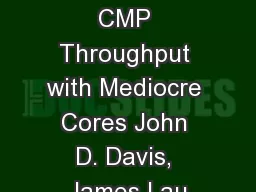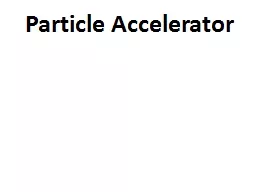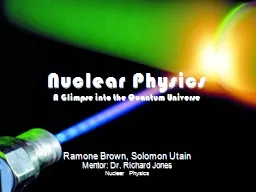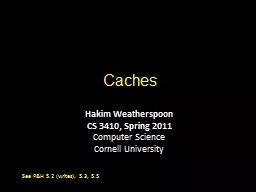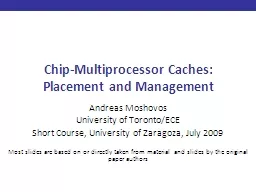PPT-Caches for Accelerators
Author : luanne-stotts | Published Date : 2020-04-05
ECE 751 Brian Coutinho David Schlais Gokul Ravi amp Keshav Mathur Summary Fact Accelerators gaining popularity to improve performance and energy efficiency
Presentation Embed Code
Download Presentation
Download Presentation The PPT/PDF document " Caches for Accelerators " is the property of its rightful owner. Permission is granted to download and print the materials on this website for personal, non-commercial use only, and to display it on your personal computer provided you do not modify the materials and that you retain all copyright notices contained in the materials. By downloading content from our website, you accept the terms of this agreement.
Caches for Accelerators : Transcript
Download Rules Of Document
" Caches for Accelerators "The content belongs to its owner. You may download and print it for personal use, without modification, and keep all copyright notices. By downloading, you agree to these terms.
Related Documents


